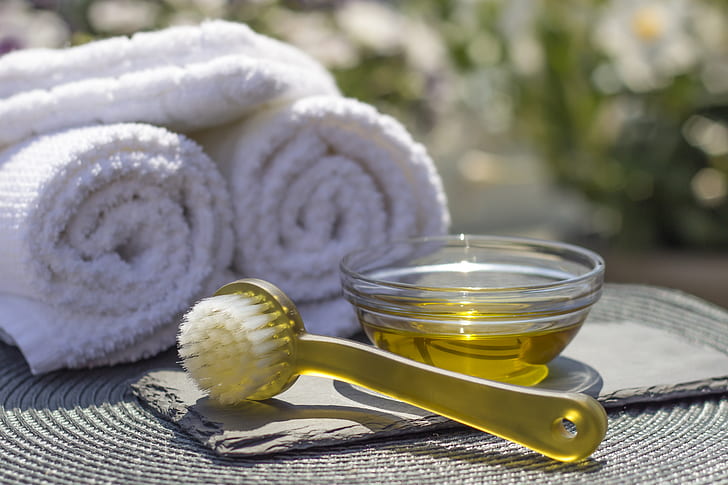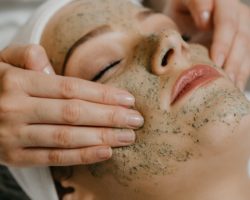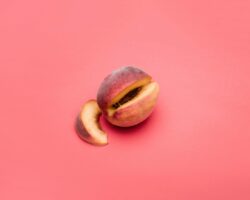What Happens To The Body After the massage with a Dry Brush?
Truth and myths about rubbing skin before showering
I heard about dry brush massage from a friend who asked about anti-cellulite products. What she said sounded convincing, which was also confirmed by online sources: a brush with natural bristles is simply obliged to spur the work of the lymphatic system, improve the skin and get rid of toxins. Fine. Give two. With a long handle and that one on the loop.
What are we Expecting
Like many wellness practices, dry brushing is recommended at worst without acknowledging that its benefits are unsupported by clinical evidence, and at best with the acknowledgment that these benefits are unfounded. In fact, those who rub themselves with a brush like the feeling after – the skin seems to be softer, and the body is more energetic, the excited lymph takes out toxins and starts anti-aging processes. The name for this feeling is faith.
I discourage faith-based practices, but I can’t do anything about the power of new gizmos that can improve, relax, energize, or at least let me buy something.
What is really happening
Since the benefits of dry brushing are focused on the lymphatic system, it is worth understanding how it functions. Lymph is a fluid that, like blood, is enclosed in vessels that circulate throughout the body. This liquid has the ability to seep through the walls of blood vessels and provide the body with the circulation necessary for life – from transporting nutrients to the supply of immune cells. It also removes metabolic waste products from the body, which we call toxins. Unlike the circulatory system, the lymphatic system does not work on the “fiery motor” – the lymph moves due to the contraction of the surrounding muscles.
“Any massage of light and medium intensity can help lymph circulation, although it is difficult to predict the significance of such an effect,” said Lilia Sarge, dermatologist at the Center for Laser Medicine and Aesthetic Cosmetology. “In the case of serious diseases such as lymphedema, physiotherapists use manual lymphatic drainage, but this requires special knowledge because the applied pressure and its direction are of great importance.
“Dry brush massage is advertised everywhere today, promising health benefits, many of which are not entirely accurate,” explains Rachel Casey, dermatologist at DTLA Derm in California. “The only thing I totally agree with is a great way to exfoliate dead skin cells. There are theoretical massages that can stimulate the lymphatic system, but there is no scientific evidence that dry brushing will cleanse the body of toxins or speed up the metabolism. As for cellulite, I believe that the visual effect is primarily due to the temporary swelling of the skin after the massage. “
And how to do it correct
Skeptical doctors did not manage to relieve me of the desire to try out freshly bought brushes. At least the one on the handle. One morning, shivering from the cold, I rubbed myself well with natural stubble. Now I know: it is ticklish, sometimes unpleasant, but generally tolerable. A shower and body oil (bought specifically for this venture) helped get me back on track. The effect was – I felt more invigorated (perhaps because of waving the brush in a cold bath) and felt that all one and a half square meters of the skin I put on became softer and more pleasant to the touch.
“Be careful,” warns Lilia Sarge. – If you have sensitive skin, a dry brush can irritate or dry out the epidermis. In addition, this procedure can provoke outbreaks of acne, the spread of rosacea and eczema. In general, mechanical exfoliation is too abrasive for most people, unlike chemical exfoliation. “
Will I continue? Good question. I, of course, do not plan to remove my brand new brushes from the bathroom, especially since I have already attached a hook for them on the wall. And I will definitely use body oil – I really liked it. As for the massage itself, I think once a week will be enough. And very, very neat.






